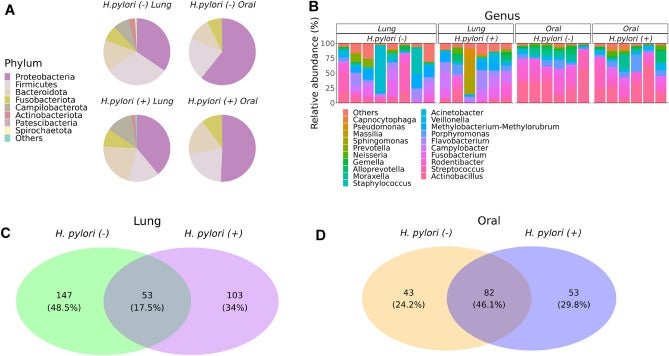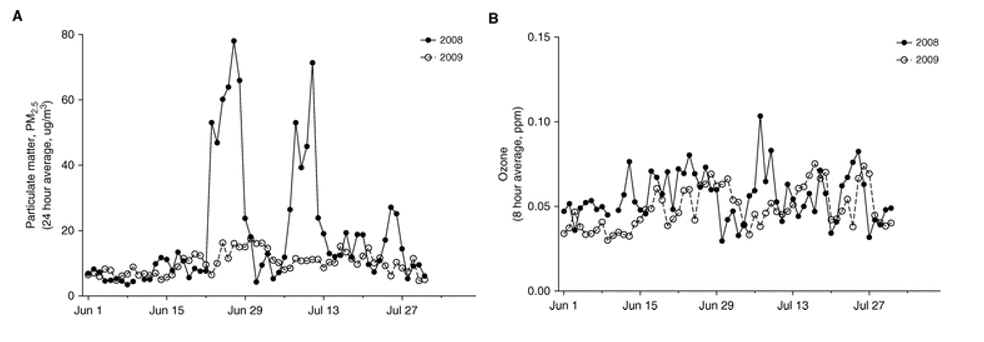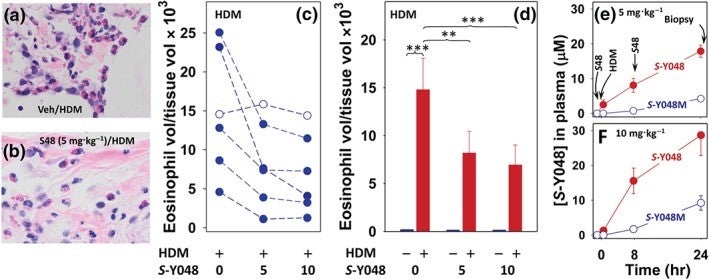Lung microbiome

The composition of monkey lung and oral microbiomes are distinct. Siegel et al., Scientific Reports (2024)
There is a myriad of research on the gastrointestinal microbiome, but the healthy infant lung microbiome is largely under-researched. We are using the Rhesus monkey model to characterize the lung microbiome during infancy by conducting longitudinal 16S rRNA sequencing analysis at multiple mucosal sites during an early postnatal juncture.
Smoke exposure

University of California Davis air quality statistics for the period of June-July, 2008 and June-July, 2009. Black et al., American Journal of Respiratory Cell and Molecular Biology (2016)
Wildfires are a significant source of air pollution and are predicted to increase in frequency as a result of climate change. Our group aims to assess the impact of acute wildfire smoke inhalation during infancy. We are using peripheral blood mononuclear cells (PBMC) collected from adult female monkeys that were born and reared in an outdoor environment within three months prior to the 2008 Trinity and Humboldt County summer wildfires. We are culturing collected PBMCs with lipopolysaccharide (LPS) and assessing them by FACS, Luminex, ELISA, and qRT-PCR to elucidate the impact of acute wildfire smoke inhalation on the developing immune system and development of chronic disease as newborns mature into adulthood.
We are interested in how early life Environmental Tobacco Smoke (ETS) exposure induces long-term changes in the innate immune response. ETS exposures in early life have been associated with increased risk of respiratory diseases and infections such as asthma, allergies, pneumonia, sinusitis, and bronchitis. Children are a susceptible population to cigarette smoke that remains understudied. Using an infant mouse model, we aim to simulate ETS exposure and monitor the subsequent inflammatory response using immunological techniques.
Respiratory immunity

Inhibition of HDM‐induced dermal eosinophil infiltration by S‐Y048 . Miller et al., British Journal of Pharmacology (2024)
Respiratory immunity is robust, sporting both innate and adaptive systems. Protective mucus coats the epithelial lining of the upper respiratory tract, while macrophages and neutrophils are found throughout alveoli. Of biomedical interest, respiratory infections are among the most common infections found in humans. The lung immune response necessary to ward these off can be disturbed in many ways, include pollutant exposure, inhaled combustible recreational drugs, or even simple changes in environmental stimuli.